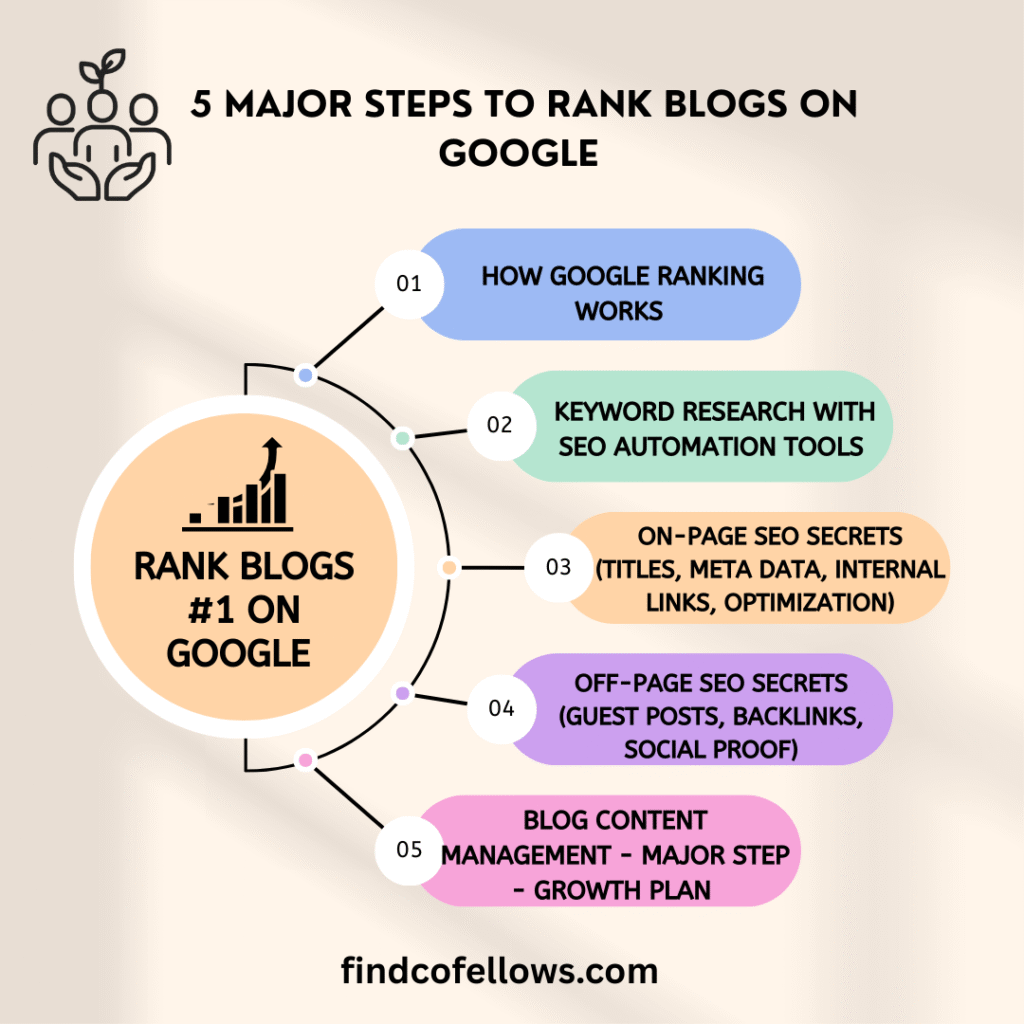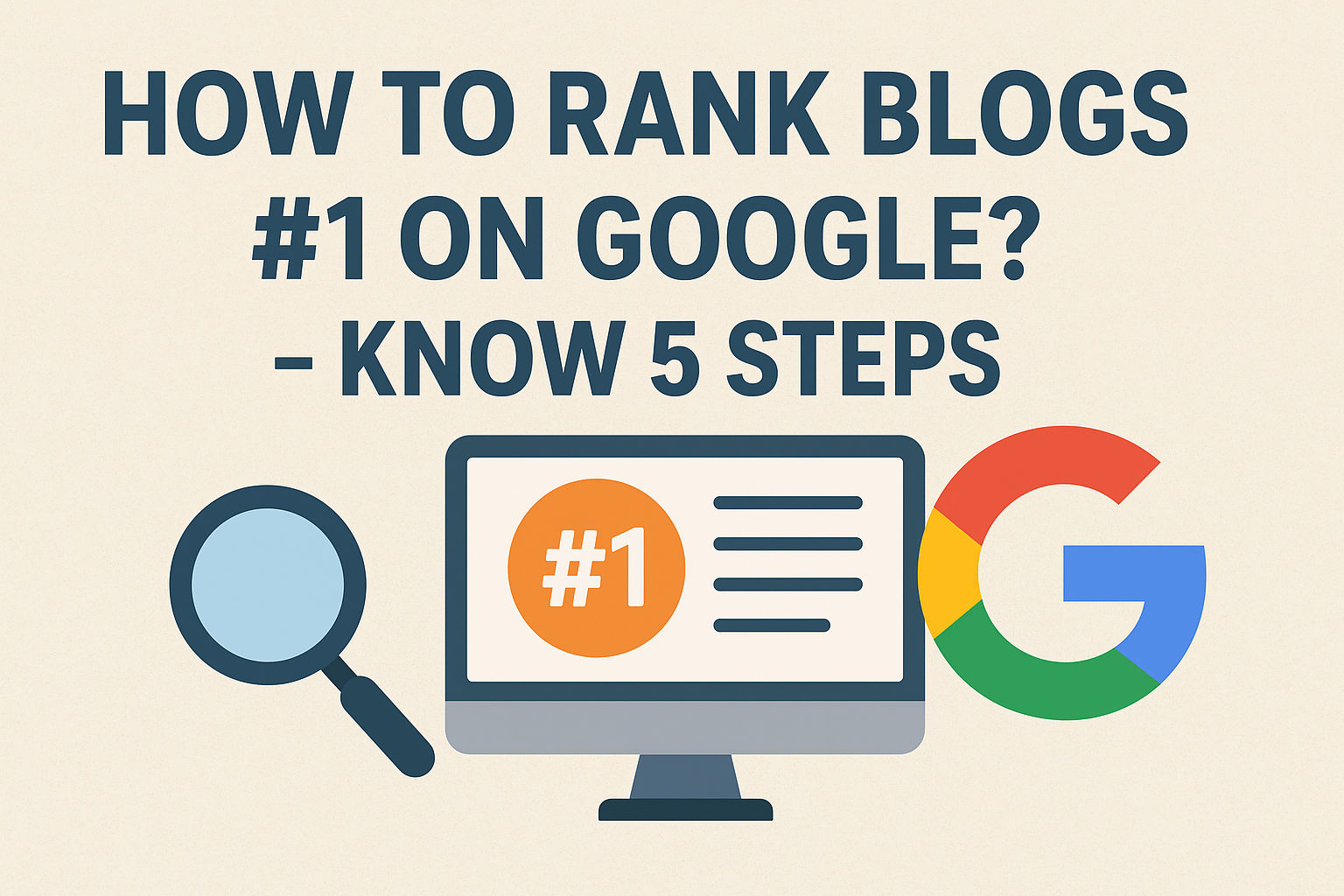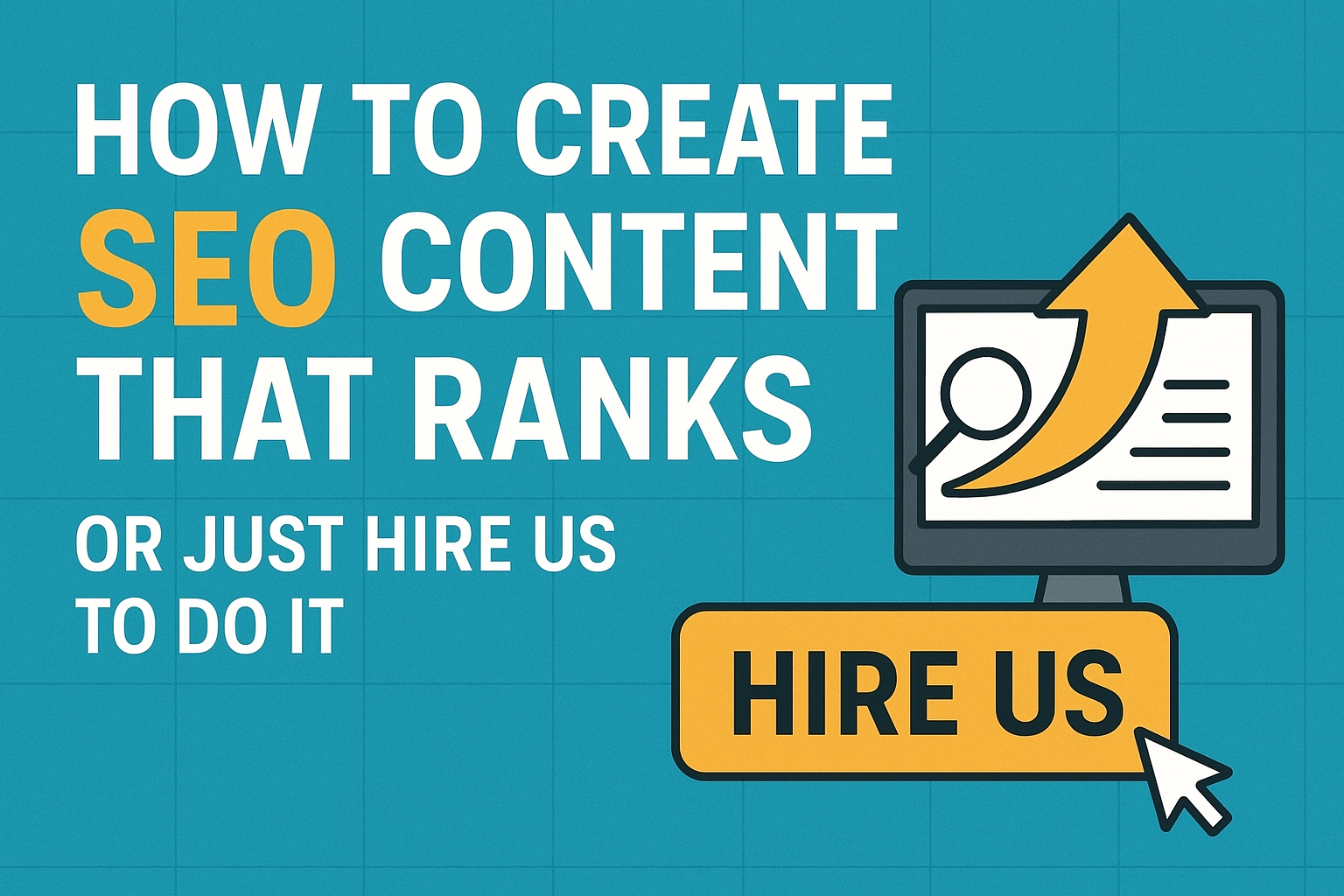While writing a blog, a major question comes into the user’s mind: how can I write it, what should I include, which type of keywords should I use, to make my blog rank on Google in the Top 5 position?
Honestly speaking, when you put so much effort into writing down your blog and it does not give you results like that, then definitely it affects your creativity and thinking.
But we have to understand that we are not only the ones who have been writing blogs; there are millions of people out there.
Whether it’s a blogger, a startup website, an MNC, a big business, or an informational website, everyone is trying to level up their blogs.
You know what to level up our blogs, we first have to level up ourselves and understand some tips & tricks for the entire process. You have to level up your content strategy, SEO strategies, and social proof to get organic reach.
This blog will help you understand the process, how you can rank blogs #1 on Google, Bing, and other search engines.
Step-By-Step Process to Rank Blogs #1 on Google & Other Search Engines

- How Google Ranking Works
- Keyword Research With SEO Automation Tools
- On-Page SEO Secrets (Titles, Meta Data, Internal Links, Optimization)
- Off-Page SEO Secrets (Guest Posts, Backlinks, Social Proof)
- Blog Content Management – Major Step – Growth Plan
Step 1: How Google Ranking Works?
Ranking high in Google search works on delivering a dependable stream of organic search traffic to your website.
Google has its own algorithms that are quite complex and update after every small time and analyze hundreds of factors to determine the webpage relevance, quality, and authority for a user’s query.
In small words, if I tell you, then Google has its own crawler or bot (also known as a web spider), whenever something is published or modified on the search engines, the bot will get the notification.
After receiving notification, the crawler-bot comes and analyzes the entire blog or webpage content. Its analysis includes content quality, internal links, keyword relevance, subheadings, and images added to it.
Once the bot feels that the data is authorized and of some value, it caches it in Google’s database and ranks it according to its value.
Additionally, Google considers other contextual factors, such as location, to personalize the results.
Step 2: Keyword Research to Rank Blogs #1 on Google
Keyword research, a vital strategy for search engine optimization, helps to target audience searches, helps to create relevant content as per user queries, and optimizes the website content to rank higher, attract qualified traffic, and achieve business goals like increased conversions and sales.
By doing keyword research, an individual can find out the popular search terms with volume and strategically put them into website content to meet user needs and capture demand.
When you have the right keywords, you have the magic trick to put them into metadata, slug, backlinks, and headings so that Google receives more value from you.
Keyword Research is important to rank your blogs on Google as it understands the audience, drives organic traffic, improves content strategy, increases conversions, and boosts website visibility.
Step 3: On-Page SEO Secrets (Titles, Meta Data, Internal Links, Optimization)
On-Page SEO, a strategic optimization approach, allows search engines as well as users to love your pages. In short, it is the process of optimizing individual web pages to improve their search rankings and attract organic traffic.
It involves multiple elements in your hand or control, such as content, HTML source code, meta tags (title and description), featured image, and infographics.
On-Page SEO makes sure that your pages are both user-friendly and search-engine friendly and display appealing content that attracts users and trustworthiness.
On-Page SEO is just like setting up the stage for your website’s performance and reach.
Just imagine, you are decorating your house before your guests arrive, lighting the room, preparing the delicious dinner, and ensuring that they love coming to your home.
On-Page SEO activities include:
- Meta Title and Meta Description
- Heading or Sub-headings
- Content relevancy
- Keyword relevancy or no-stuffing of keywords
- Authorized content
- Images and their Alt texts
- Page load speed
- Internal or External links
Step 4: Off-Page SEO Secrets (Guest Posts, Backlinks, Social Proof)
Your website is in that place where you will provide the right digital presence.
But what is its value? What is the use of writing good content if it’s not present on the first page of Google?
However, managing the on-page activities is indeed the first step, but it should not stop here. The right challenge is proving to the search engines and your users that your website is trustworthy, relevant, and authoritative.
This is where off-page SEO plays a major role.
Off-page SEO makes your website’s reputation, and it’s like word-of-mouth that elevates a business, boosting your website’s credibility across the web.
This SEO optimization technique is important to boost visibility, authority, boost rankings, increase traffic, and bring more organic reach.
Off-Page SEO Activities include:
- Link Building
- Backlinks
- Guest Blogging
- Broken Link building
- Google Business Profile
- Social Bookmarking
- Infographics
- Community Engagement
- Local SEO
Step 5: Blog Content Management – Growth Plan – Rank Blogs #1 on Google
The major step to rank blogs #1 on Google is managing the blog content.
Having a successful content growth plan includes defining clear objectives and audience, conducting a content audit, using an editorial calendar to organize content creation and distribution, optimizing content for SEO, and consistently tracking performance to refine the strategy.
By focusing on the content quality and diversification, leveraging automation and analytics tools, and building community engagement to ensure sustainable growth for your blog.
Content Growth Plan Includes:
- Defining Goals and Audience: Set clear objectives and target your audience.
- Plan Your Content: Conduct a content audit, create an editorial calendar, brainstorm ideas, and choose a content type.
- Create and Optimize Content: Develop a creation process, focus on SEO, and maintain brand consistency.
Must Read: 10 Business Lessons – Every Entrepreneur Must Learn
By focusing on these 5 major steps, it is possible to rank your blogs #1 on Google, Bing, and other search engines.
Conclusion
Ranking blogs #1 on Google by focusing on these 5 processes brings significant traffic and makes your content discoverable by users searching for relevant topics, which directly boosts visibility. It also establishes authority in your industry and ultimately increases revenue and brand growth.
To achieve a top 1-5 rank on Google for your blog content, you first have to focus on high-quality, in-depth content that addresses user needs, proper keyword integration, a strong backlink profile from authoritative domains, and a superior user experience.

